
Students owning success
Student agency is changing the way children learn – enhancing local curricula and parent and student voice. It has particular relevance to individualising learning for children with additional needs.

Student agency is changing the way children learn – enhancing local curricula and parent and student voice. It has particular relevance to individualising learning for children with additional needs.
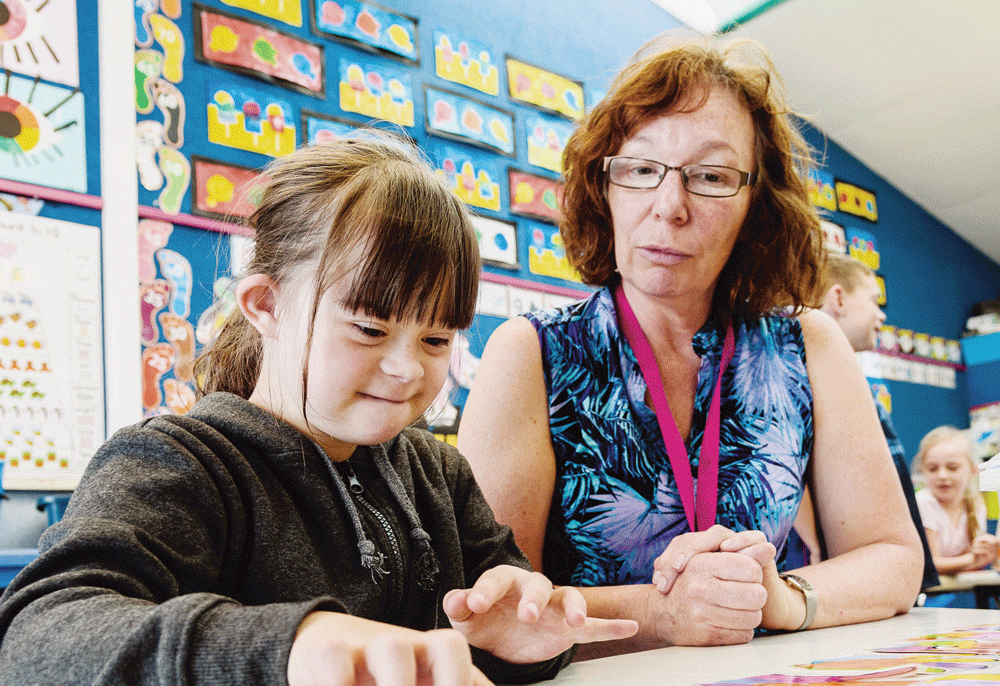
One of the most important things for children with additional needs to be able to access the curricula and to thrive at school is having huge support behind them. That includes from the school and whānau communities and from school leaders, support staff, teachers and itinerant staff.

Kura in the Manawatū and Horowhenua are shining examples of inclusivity, in a context of some hope that more resources are coming to support culturally competent practices everywhere.

Robert Martin has become the public face of why a human rights take on inclusive education is needed. Born with a brain injury that made his early life difficult, he now travels the world asking hard questions of governments about their efforts to comply with the United Nations Convention on the Rights of People with Disabilities.
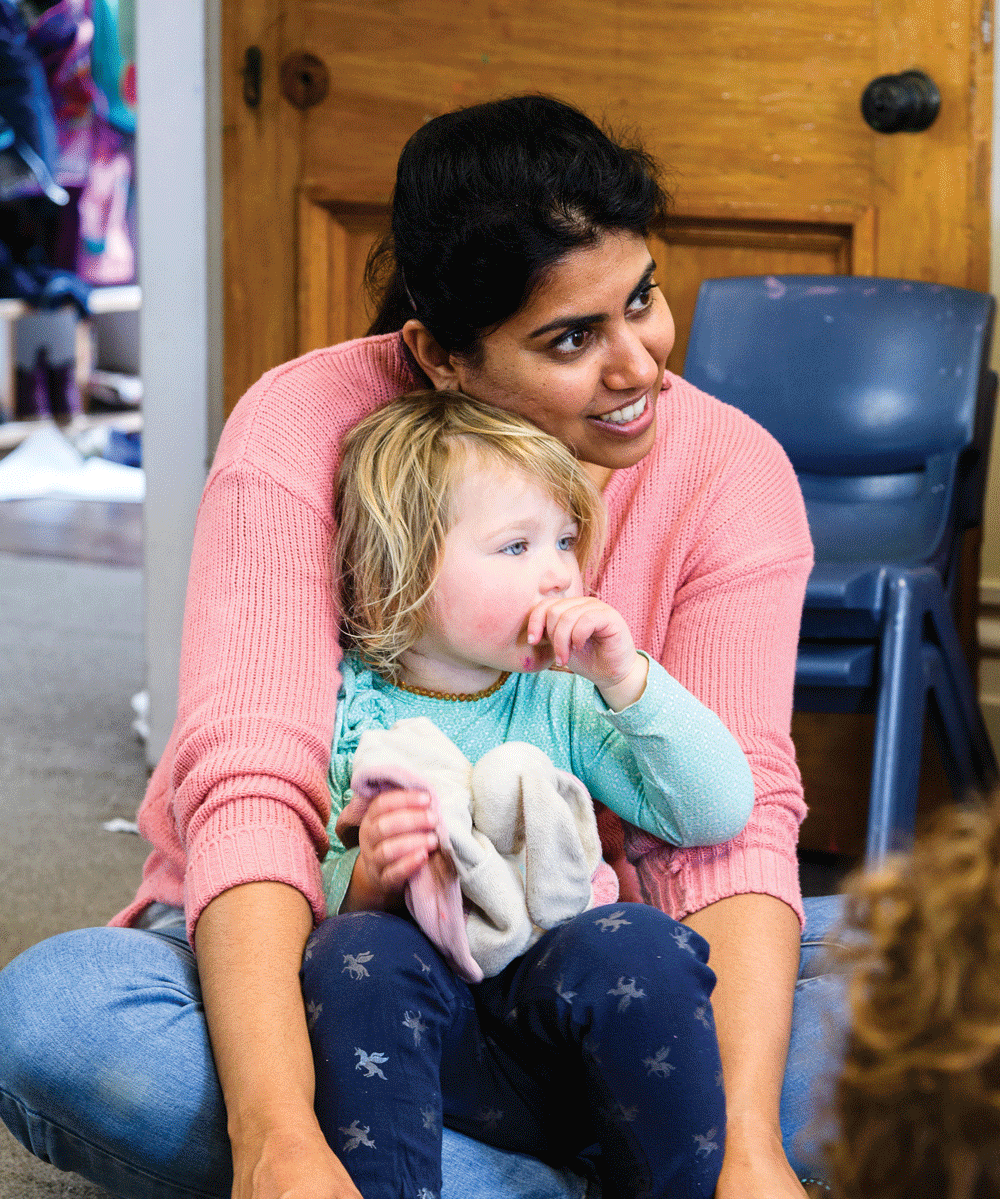
Inclusivity in ECE is increasingly seen as an opportunity to improve teaching practices and engage children’s learning.
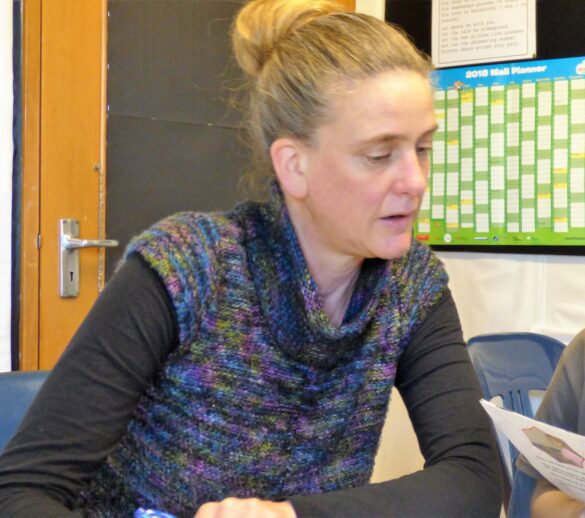
Across the country, teachers report that there are more children with high learning needs and the resources and funding to help these children are over-stretched. Education professionals talk here about how they deliver the curriculum to children with learning needs.
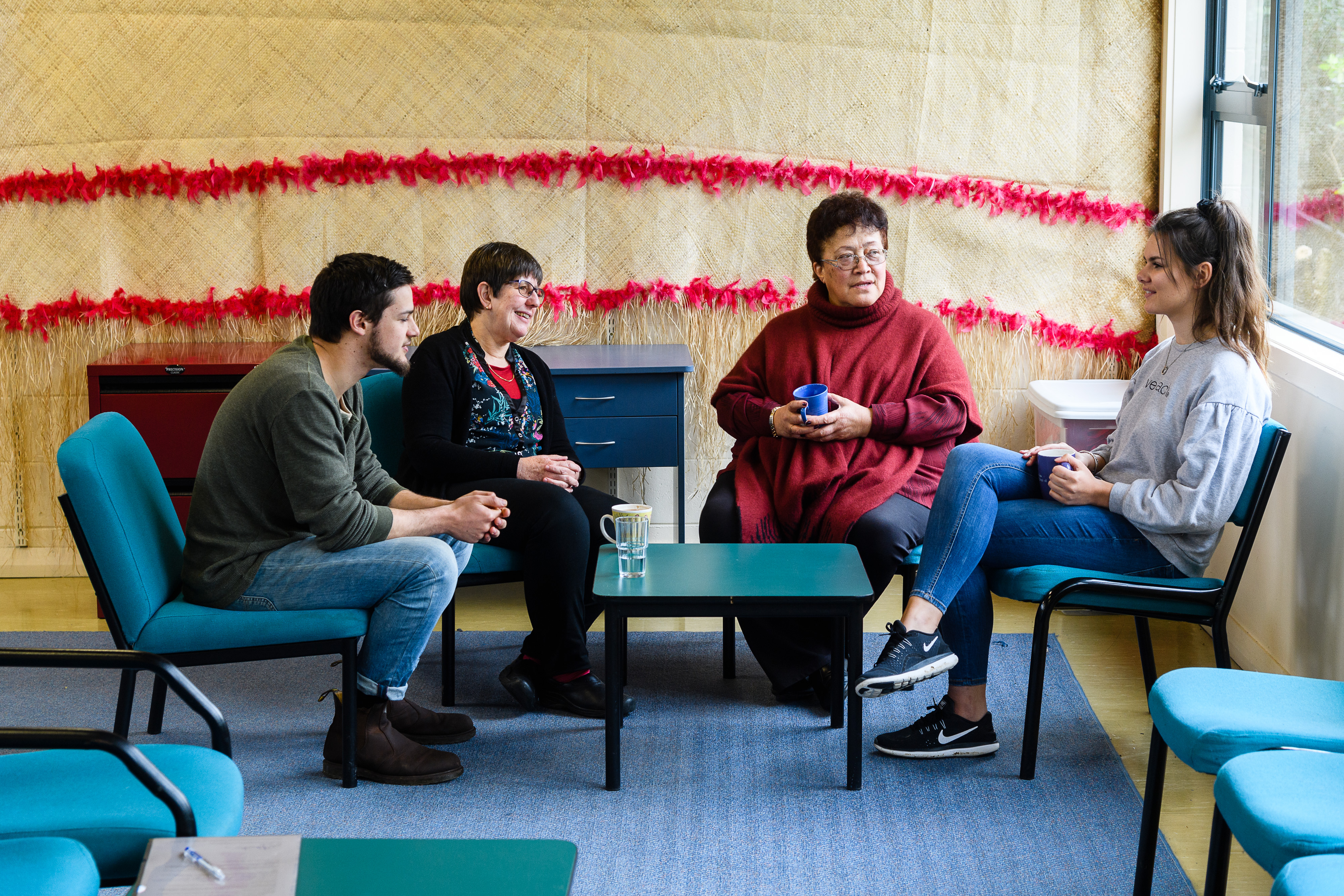
Janice Jones, deputy principal at Karori West Normal School, says the most important thing about being a truly inclusive school, in which every child thrives, is that the whole school is in the waka together.
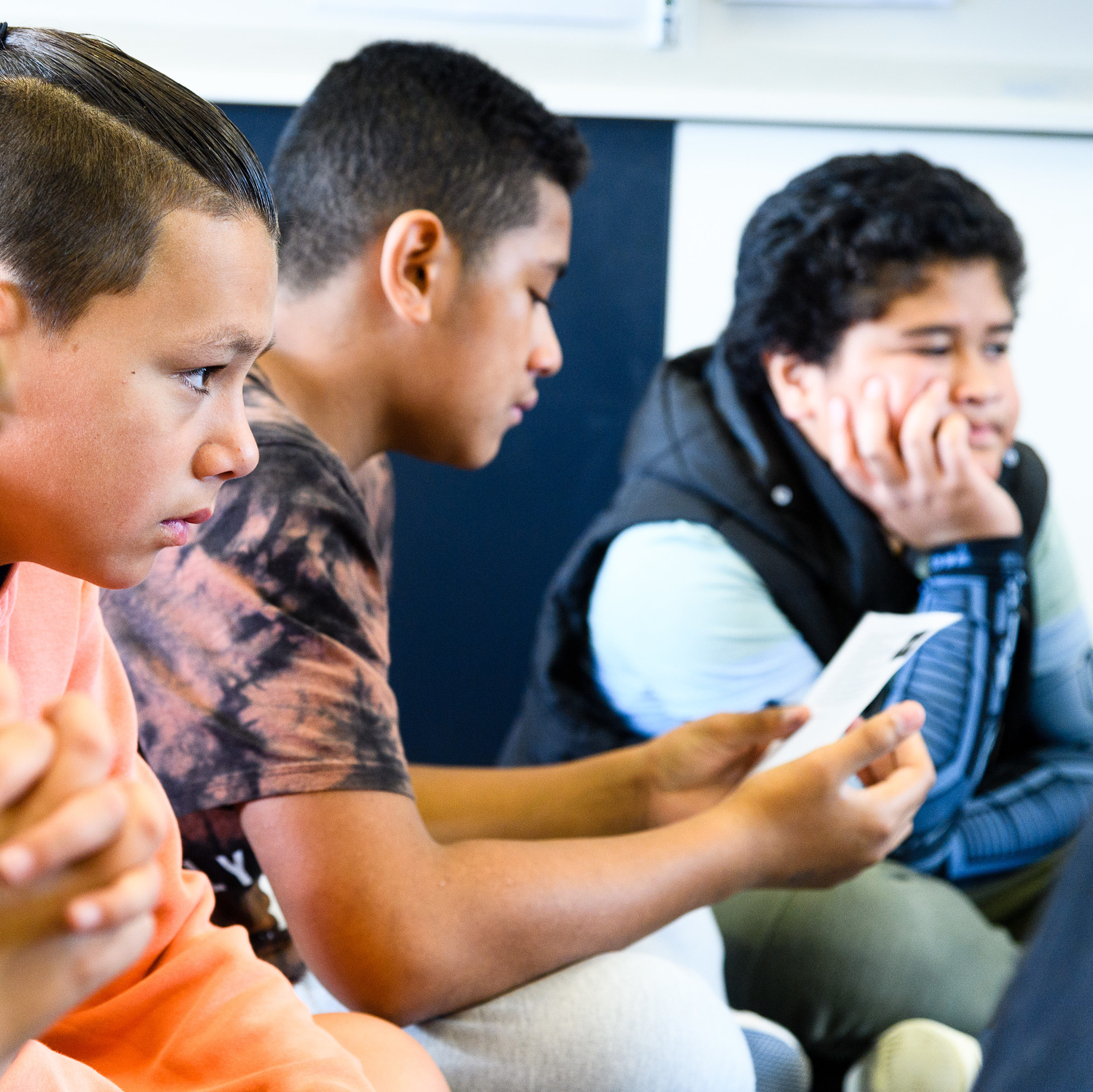
Developing Mathematical Inquiry Communities (DMIC) aims to build a sense of safety in both cultural identity and group problem solving. It is showing extraordinary progress in students.

Schools are finding new ways to integrate arts and science into the curricula, like this Kawerau school and its student-led photography project.
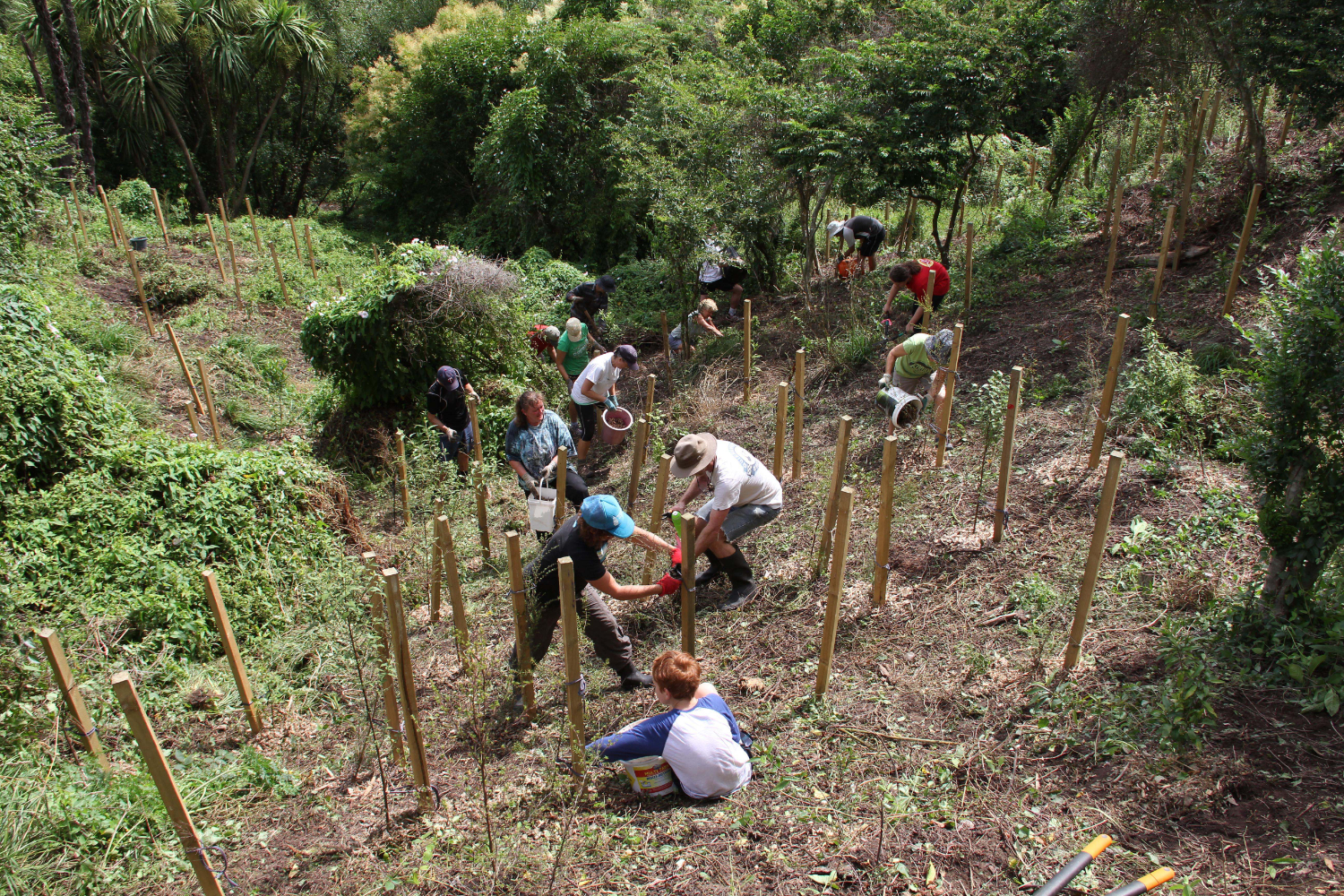
A long-forgotten and disused gully behind a high school in Hamilton has turned into a science project for schools in the area.
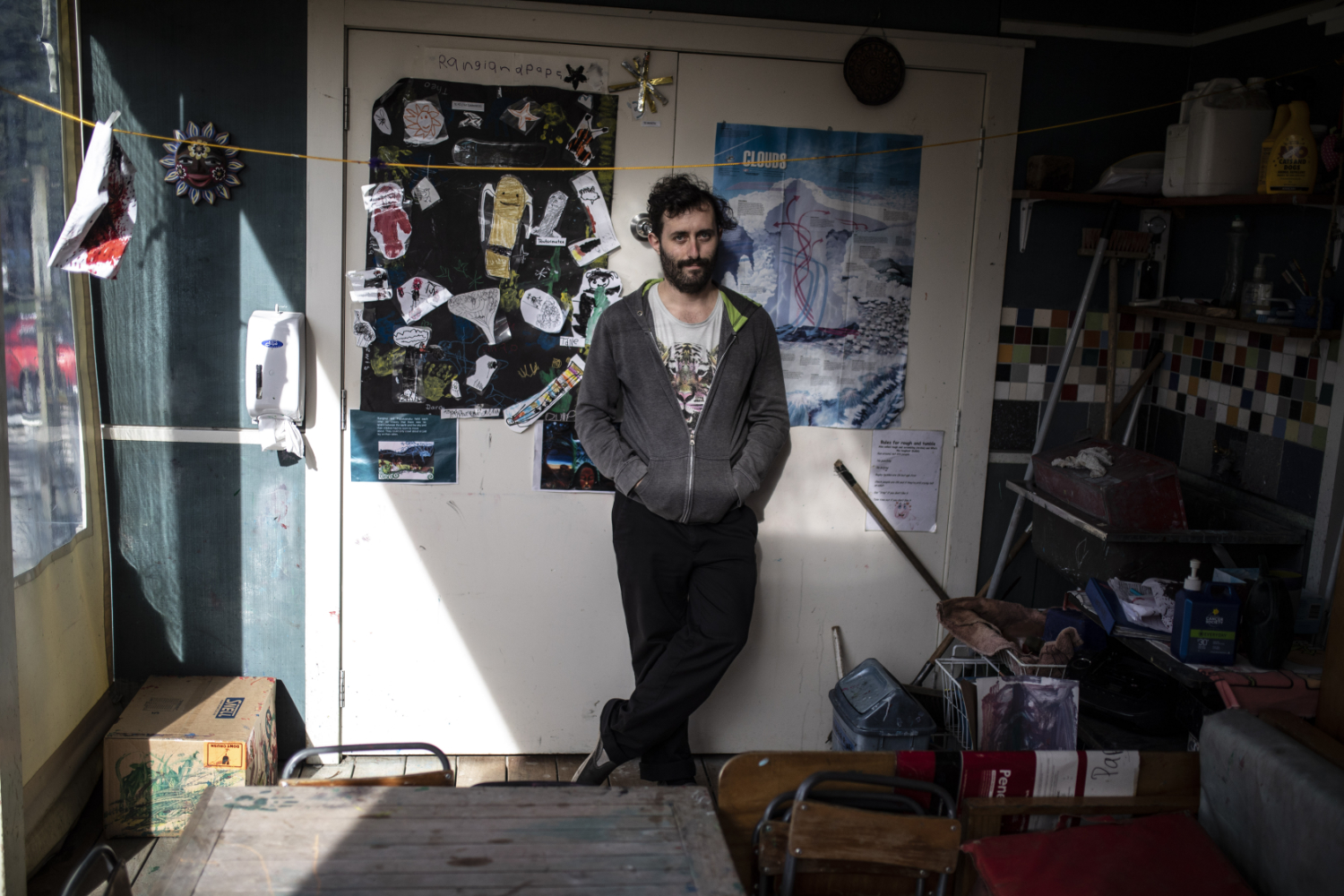
Te Whāriki is being used more in the first years of school with positive results and schools forming networks to implement ideas. Some early childhood teachers are moving to primary to take advantage of the change.
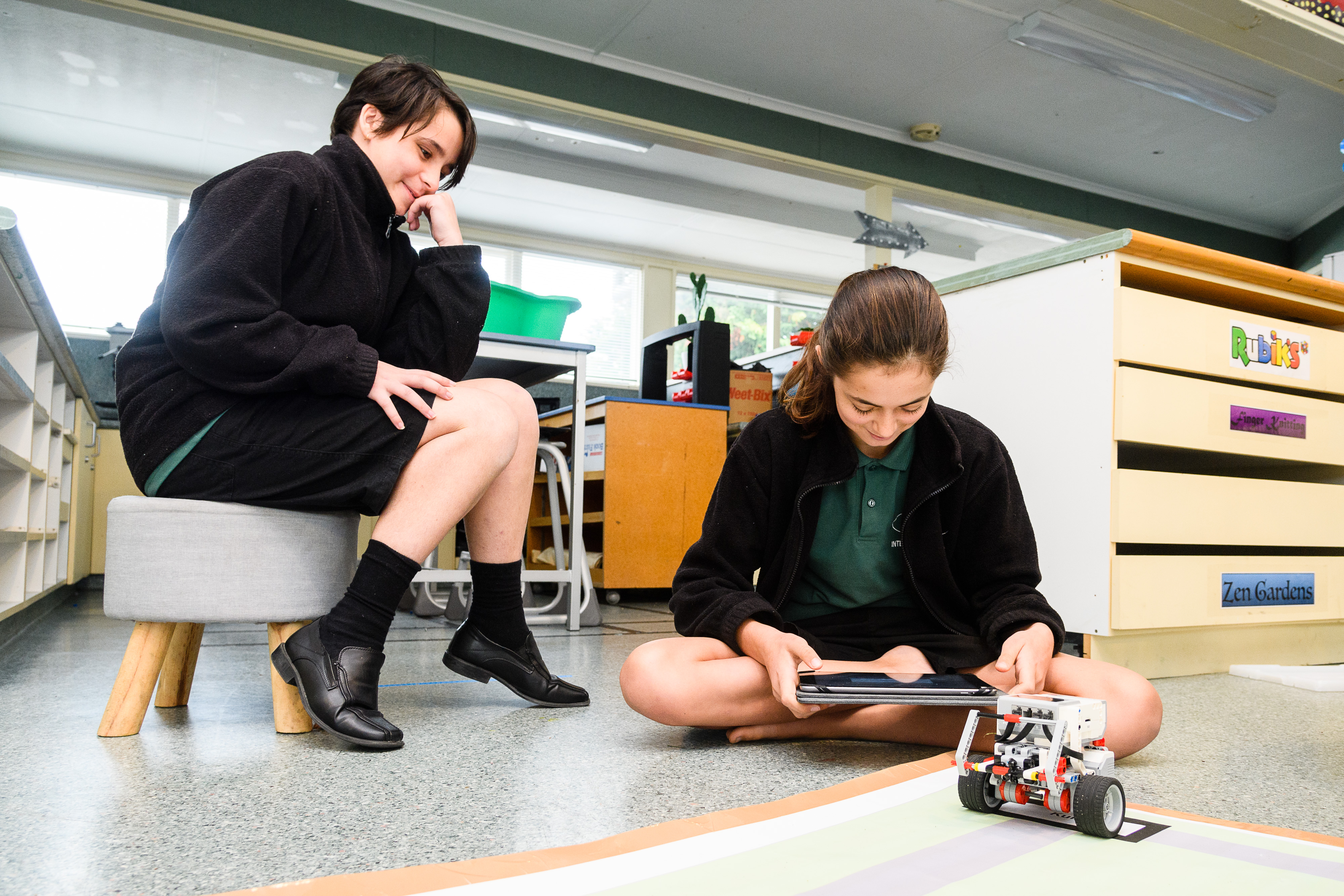
With just 18 months until schools need to implement the new Digital Technologies and Hangarau Matihiko curricula, how do educators make that transition?